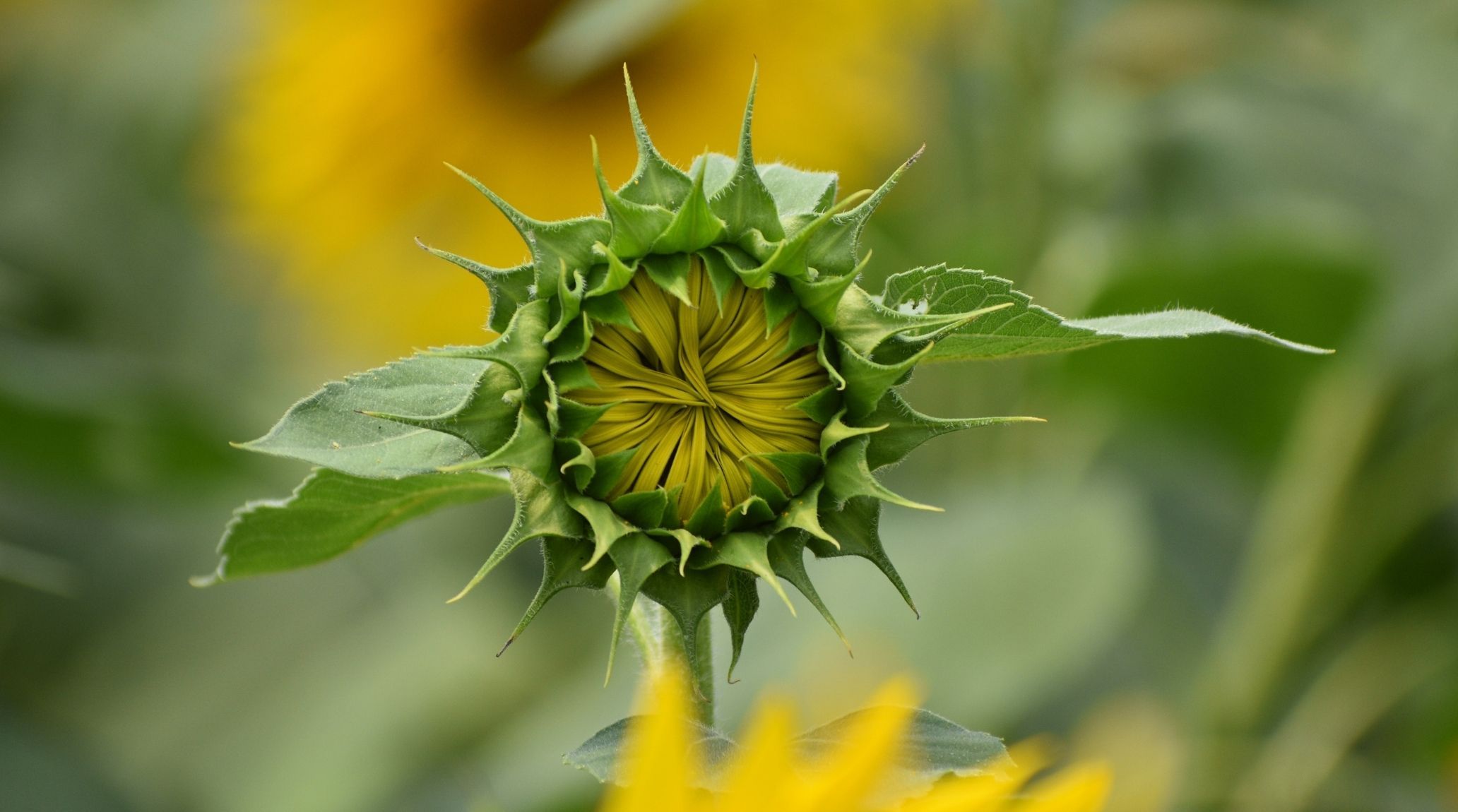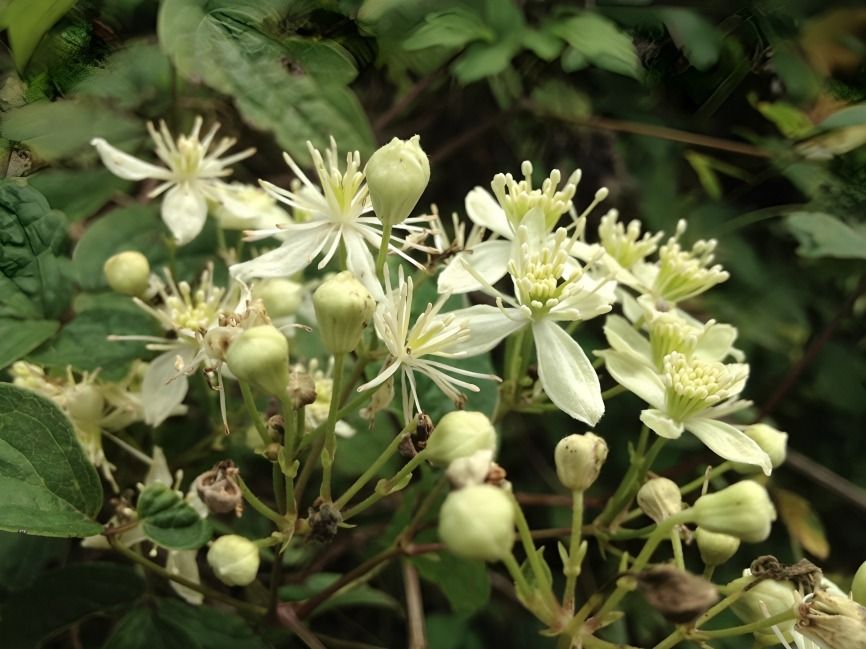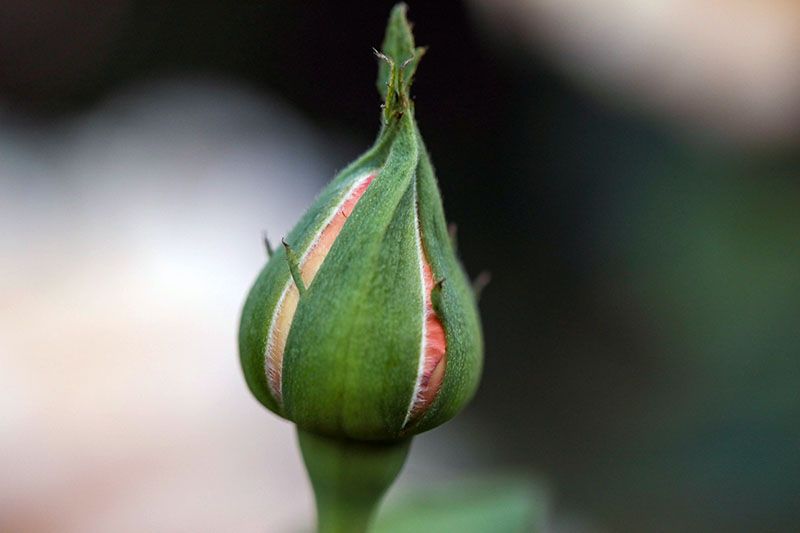
“
Sepals play a crucial role in the life cycle of flowering plants. They are often overlooked, but their functions and characteristics are vital for plant survival and reproduction. This blog explores 20 unique and fascinating facts about sepals, shedding light on their importance, diversity, and evolutionary significance.1
1
”
A group of sepals is collectively known as the calyx, which forms the protective outer layer of the flower bud. This structure ensures that the inner floral parts are secure until they are ready to emerge. 1
The number of sepals varies among different plant species, typically ranging from three to five, but some flowers may have more. This variation can help botanists identify and classify plants. 2
In magnolia flowers, sepals are modified to look like petals and are known as petaloid sepals. These adaptations blur the line between sepals and petals, showcasing evolutionary versatility. 3
Some sepals remain attached to the fruit even after the flower has withered, like in the strawberry plant. These persistent sepals can indicate the fruit's developmental stages. They also provide additional protection to the young fruit. 4

Sepals are the outermost part of a flower, typically encasing and protecting the developing bud before it blooms. This outer layer is crucial for safeguarding the delicate inner parts during the early stages of growth.
Sepals can have various appendages such as hairs, spines, or glands, adding to their protective function. These structures can deter herbivores and protect against environmental stress. 5
The mango tree (Mangifera indica) is a fascinating plant. Its flowers indeed have five sepals, each measuring 2-2.5 mm in length and 1-1.5 mm in width. These sepals are green with a whitish margin or yellowish-green hue. 6
Sepals are believed to have evolved from leaves and are an example of a plant organ adapting to a specialized function. This evolutionary adaptation showcases the transformation from simple leaves to complex floral structures.7
By protecting the reproductive organs, sepals play a direct role in the reproductive success of flowering plants. Without this protection, flowers might not successfully reproduce. Sepals are critical for ensuring the continuation of plant species. 8
Periwinkle (Sadabahar), The periwinkle flower, also known as Catharanthus roseus, has connected sepals. These sepals form a protective ring around the unopened flower bud, collectively known as the calyx. 9
Sepals shield the delicate inner parts of the flower from wind, rain, and other physical damage. This protection is vital for the integrity of the flower. By acting as a shield, sepals help maintain the flower's health. 10
Sepals help regulate the temperature around the developing flower bud, ensuring optimal conditions for growth. This temperature regulation is crucial in varying climates. 11
The shape, size, and arrangement of sepals can be key characteristics used to identify plant species. Botanists often rely on these features for classification. Sepals provide valuable information for plant identification. 12
In tomatoes and eggplants, the calyx can be seen at the top of the fruit, indicating where the flower was attached. This visible calyx can be used to trace the fruit's developmental history. It also adds a distinct feature to the fruit's appearance. 13

In rose, sepals are green and can perform photosynthesis, contributing to the plant's energy needs. This additional function supports the plant's growth even before the flower blooms. Photosynthetic sepals are an excellent example of nature's efficiency.
Many wildflowers have prominent sepals that are crucial for their survival in harsh environments. These sepals offer protection against extreme weather conditions. Wildflower sepals demonstrate nature's adaptability to different habitats. 14
In some species, sepals emit fragrances or have markings that attract pollinators. These features enhance the flower's chances of successful pollination. Fragrant sepals add another layer of attraction for pollinators. 15
While most flowers typically have both petals and sepals, tulips are an exception. Tulips lack sepals altogether; instead, they have only petals. This unique feature gives tulips their distinct appearance. 16
The longevity of sepals can vary, with some lasting only until the flower blooms and others persisting much longer. This variation reflects the different roles sepals can play. Persistent sepals continue to protect the flower or fruit as needed.17
Sepals enclose and protect the unopened flower bud, safeguarding it from harsh environmental conditions. It also prevents the flower from drying out, sepals help maintain optimal conditions for reproductive organs within the flower. 18


